table of contents:
Is your sewing machine no longer stitching properly? Don't let this unexpected situation ruin your project! We'll examine the most common culprits in this scenario.
Learn common causes of thread tension, needle, and threading problems and take a pragmatic approach to diagnosing and solving these issues. This article offers practical steps to optimize your machine's performance and prevent recurring breakdowns.
Common Problems When Your Sewing Machine Skips Stitches
Proper sewing machine maintenance is essential to prevent your machine from becoming unsewn. When your sewing machine stops stitching properly, there are several common causes. The needle may be blunt, bent, or poorly matched to the fabric.
Another cause may be thread tension. If it's too loose or too tight, it can affect stitch quality. Improper threading or a bobbin problem can also disrupt sewing. These simple checks can often resolve the problem quickly .
A methodical diagnosis is important to identify the source of the problem. Ignoring the signs of improper adjustment can lead to uneven seams, puckering, or even fabric damage.
Improperly adjusted tension causes loose or tight stitches, compromising the strength of the seam. It is important to act quickly on these settings to ensure optimal results . Regularly checking key components prevents repetitive breakdowns and extends the life of the machine.

Want to have complete control over your sewing machine? Sign up for Verotex courses.
|
Main Causes and Symptoms of Stitch Problems on a Sewing Machine |
||
|
Cause |
Symptom |
Solution |
|
Upper thread tension too loose |
Loops of thread under the fabric |
Increase the upper thread tension |
|
Blunt or bent needle |
Skipped or irregular stitches |
Replace the needle every 8-10 hours of sewing |
|
Wrong type of needle for the fabric |
Poor quality points |
Adapt the needle to the fabric |
|
Bobbin thread tension too loose |
Loops of thread on top of the fabric |
Adjust bobbin tension or |
|
Incorrect threading of the wire |
Thread jam or missing stitches |
Re-thread following the |
|
Poor quality thread |
Frequent thread breakage |
Use high quality threads |
|
Dust accumulation |
Fabric slippage or blocking |
Clean the bobbin compartment, |
|
Lack of maintenance |
Recurring stitch problems |
Schedule maintenance every 2-3 months |
Diagnosis and resolution of irregular stitch problems
When your sewing machine stops stitching properly, it's essential to quickly identify the source of the problem. Uneven stitches can often be caused by needle or threading issues, as well as incorrect thread or bobbin tension settings. Here's how to diagnose these common causes and resolve them effectively to restore flawless sewing.

Needle and Threading Problems
As mentioned earlier, a damaged needle or incorrect threading of the upper thread disrupts stitch formation. A bent or blunt needle causes skipped stitches, while a thread incorrectly inserted into the tension guides causes jams.
Also, make sure you choose the right needle for your fabric: knowing which needle is right for which fabric can help prevent many problems. Check these things before making more complex adjustments to your sewing machine.
Perform these checks or adopt these good habits before using your machine:
- Check the condition of the needle: replace it if it is bent, blunt or incorrectly inserted to avoid skipped stitches .
- Use the right needle for the fabric : choose a needle suited to the thickness and type of fabric for optimal sewing.
- Carefully follow the upper thread threading path : make sure the thread passes through all guides and tension discs.
- Check the bobbin winding : an evenly wound thread ensures smooth unwinding and prevents knots under the fabric.
- Insert the bobbin correctly into its case : respect the direction of unwinding and the notches provided to avoid stitch problems.
To replace the needle, loosen the screw, remove the old one, and insert a needle that matches the fabric. A universal needle is suitable for most fine to medium-weight fabrics, while a denim or jersey needle is suitable for specific needs. Thread according to the diagram on the machine to ensure even thread tension .
You can call on the experts at Verotex to repair your sewing machine, whatever the problem.
Thread tension and bobbin problems
Improperly adjusted tension between the upper thread and the bobbin thread causes loose stitches, loops or puckers.
An imbalance in tension is manifested by visible threads on one side of the fabric. This compromises the strength and aesthetics of the seams , requiring rapid adjustment.
To adjust the tension, use the upper thread adjustment dial (between 3 and 5), then check the bobbin installation, making sure it turns freely without excessive resistance. Balanced tension is indicated by even stitches, with no loops or visible thread on either side. Test by sewing a sample before starting your final project.
If your sewing machine is acting up, you can rent a high-performance machine from our online store.

Maintenance and prevention of stitch problems
To prevent stitch problems, regular maintenance is essential. Clean the bobbin case, feed dogs, and needle plate frequently to remove dust. Knowing how to oil your sewing machine properly is essential: apply a specific oil to the moving parts after each use. Proper lubrication reduces wear and ensures smooth operation of the sewing machine.
|
Recommended maintenance schedule for different types of sewing machines |
|||
|
Machine type |
Cleaning frequency |
Areas to lubricate |
Notes |
|
Basic mechanics |
Every 10 hours of use |
Needle, bobbin hook, claws |
Use a soft brush and oil |
|
Multifunction electronics |
Every 5 hours of use |
Movement levels, |
Check the manual for the points of |
|
Overlocker |
After each project |
Transport claws, cutting blade |
Clean the wire sheep after each session |
|
Industrial sewing machine |
Every 2-3 months |
All metal friction points |
Professional interview |
Store your sewing machine in a dry, dust-free place. Choose quality threads, such as Schmetz, to reduce friction and breakage. Also, use new needles that are suitable for the fabric, especially if you have a Juki sewing machine , which is known for its precision and specific requirements. These choices limit the accumulation of debris and preserve the internal mechanisms, ensuring consistent stitches and a long life for your machine .
Stitch problems on a sewing machine often stem from a faulty needle, improperly adjusted tension, or neglected maintenance. Act quickly to check these issues to restore smooth sewing.

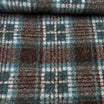
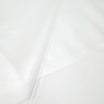

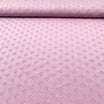
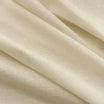
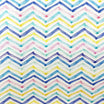
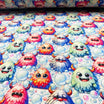




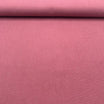
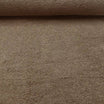

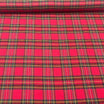

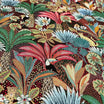
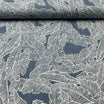
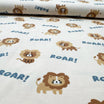

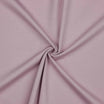
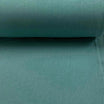
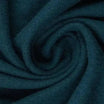
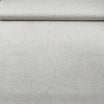
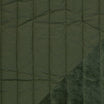
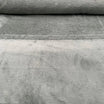
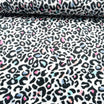
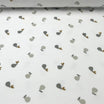
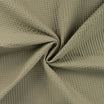


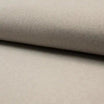


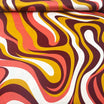

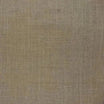
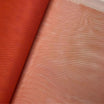
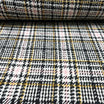
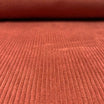
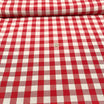

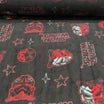
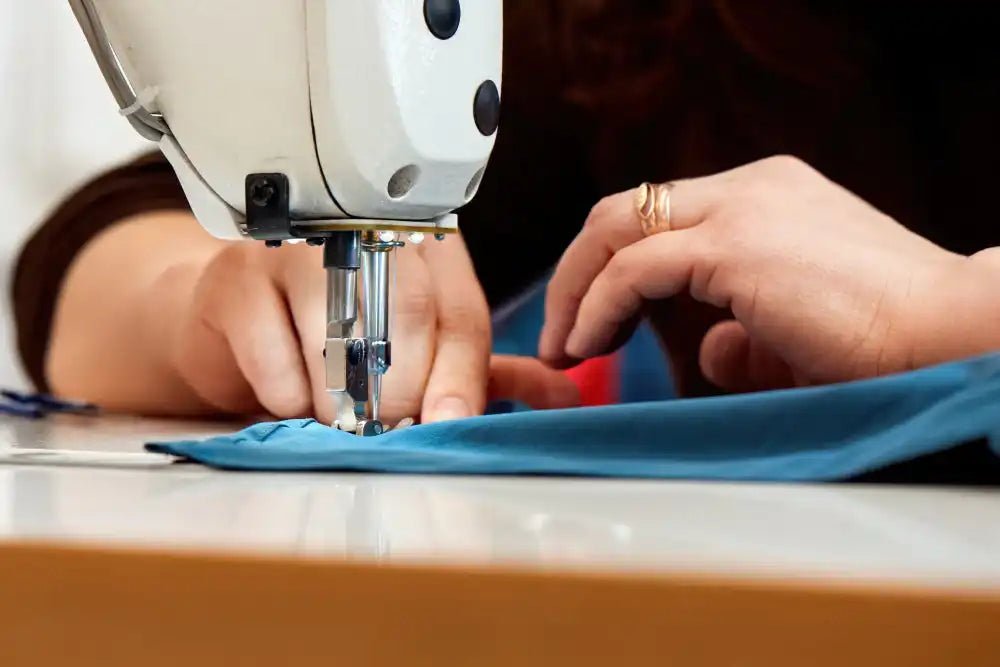

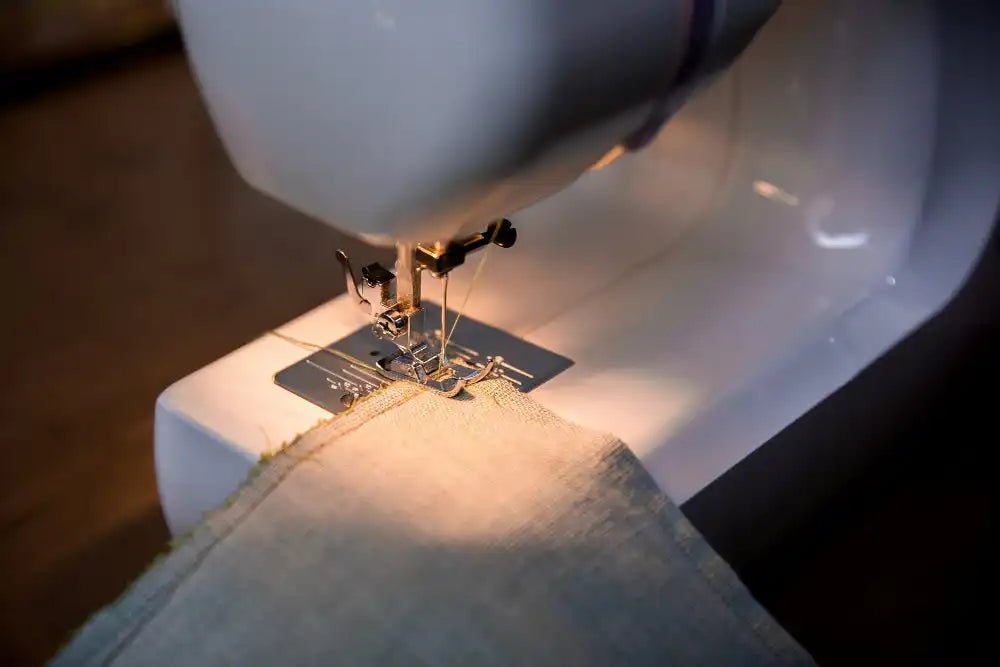
Leave a comment
All comments are moderated before being published.
This site is protected by hCaptcha and the hCaptcha Privacy Policy and Terms of Service apply.